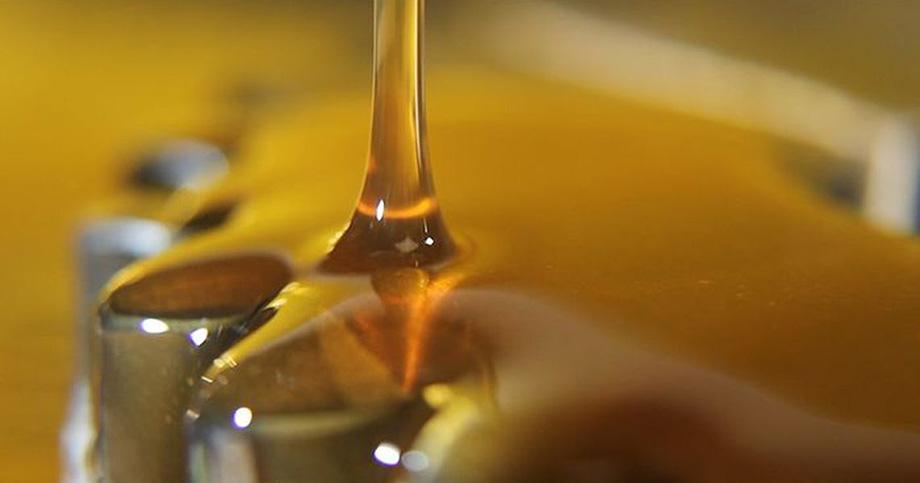A new study published in the Asian Journal of Urology has found that certain cannabis strains rich in cannabinoids like CBC and THC may be effective in killing bladder cancer cells and inhibiting their spread.

Researchers from Bar Ilan University, Tel Aviv University, and the Cleveland Clinic tested three commercial Cannabis sativa strains—PARIS, Dairy Queen (DQ), and super cannabidiol (sCBD)—on urothelial carcinoma (UC) cell lines and human tissue samples. These strains were found to induce cell death, suppress tumor cell migration, and increase expression of apoptosis-related genes.
The study showed that extracts from these strains had a strong cytotoxic effect on UC cells, with DQ and sCBD demonstrating the lowest half-maximal inhibitory concentration (IC50), around 17.8 to 17.9 μg/mL. Notably, sCBD produced significant anticancer effects despite containing the lowest total cannabinoid concentration, suggesting that cannabinoid composition—rather than total content—is key to effectiveness.
Tests on ex vivo organ cultures confirmed these findings, showing that the extracts targeted cancer cells while sparing healthy tissue. The researchers also noted that short-term exposure to the extracts was nearly as effective as longer durations, indicating a strong and lasting impact after brief treatment.
While the results support the potential use of CBC- and THC-rich cannabis extracts in treating bladder cancer, the authors emphasize that more research is needed.
The study concludes by stating:
This study highlights the potential of commercially available cannabis extracts in inhibiting UC tumors through programmed cell death, apoptosis-related genes, and cell migration inhibition. The findings emphasize the significance of cannabinoid-specific content over total cannabinoid concentrations in determining their cytotoxic effects. While personalized medicine based on specific strain compositions remains a distant goal, certain cannabinoids like CBC, THC, and CBD show promise in exerting cytotoxic effects. Further research is needed to understand their mechanisms of action and their application in the cancer treatment.







